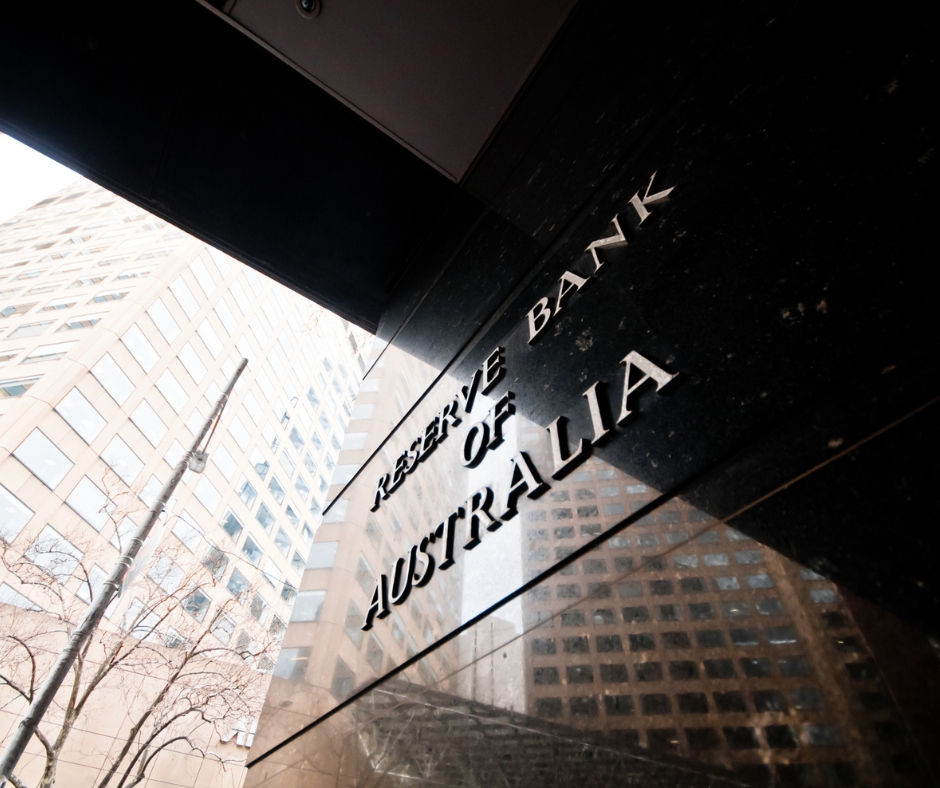It's fairly common knowledge that interest rates are currently at historic low levels. Great for borrowers, not so great for those dependent on interest from savings and investment accounts. Interest rates across all areas of lending have been at low levels for some time, but the actual rates vary across different loan areas - homes, vehicles, equipment, personal loans v business finance and across the different types of commercial finance available to business.
The low interest rate scenario has presented opportunities for businesses to invest in assets through securing extremely cost-effective finance deals. Business Finance secures commercial finance at fixed interest rates so our customers have the confidence and assurance that their repayments will remain constant for the full length of their finance term.
View our business loan interest rates here.
So what is happening now and possibly ahead for interest rates?
In Australia,
the RBA is responsible for setting the official cash rate which is essentially the rate at which banks and lenders procure their funds. The significance of this rate or more specifically movements in the cash rates, to business borrowers, is that it forms the foundation on which lenders set their individual lending rates.
In response to global economic impacts and then to the coronavirus pandemic, the RBA has been using interest rates as a lever in conjunction with monetary policy measures to stimulate and support the economy. When some countries went into negative interest rate territory some time back, the RBA Governor Dr Philip Lowe publicly stated on several occasions that he did not intend to take the local rates into negative territory.
The RBA Board meet each month (with the exception of January) to make a determination on the official cash rate. These meetings can be highly anticipated depending on the current economic climate at the time.
Rates were dropped to 0.25% in early 2020 as an initial part of the COVID response and then in a surprise move, dropped to 0.1% in November 2020. There have been opinions expressed by some economists and financial commentators that the RBA should increase rates to curb the sharp rise being seen in the housing market. Prices are surging on the back of demand which is fuelled by the low interest rates.
However, Dr Lowe had already commented on the suggestion of rate rises saying he was waiting on changes in other economic indicators. So it was somewhat unsurprising that rates were kept on hold at the RBA Board’s April meeting.
Statement by RBA
To get an indication of the Board’s thinking and reasoning, it is worth reading the statement put out when making the monthly statement. In the statement attached to the April 2021 announcement, a number of key indicators were identified as targets that may be cause for the Board to increase rates and a number of other salient points were noted.
- It was noted that while there was a global recovery underway that recovery was not universally even.
- The target of 2-3% inflation was noted as being the indicator sought. Despite good growth figures in GDP and unemployment showing better than expected falls, the unemployment figures needed to be improved before any increase would be considered.
- Growth at above the trend levels is anticipated in the remainder of 2021 and into 2022.
- Both household and business balance sheets were seen as being strong to support spending.
- Wages growth was expected to remain low for some time.
- Inflation is expected to remain below the key rate of 2-3% until as late as 2024.
Based on these notes, at this point in time, it could be taken as the RBA not looking to increase the official cash rate until 2024.
Global Issues
While the RBA’s approach is positive for businesses looking to seek finance to buy assets and invest, the Australian situation needs to be considered in context with and with consideration of global issues.
On a positive note, in early April the
IMF upgraded the growth outlook for Australia from 3.5% stated in January 2021 to 4.5% in April. Being mindful that this sharp and above trend growth is from quite a low base as the Australian economy contracted or reduced by 2.9% due to the COVID-19 impacts in 2020.
Astrazeneca Vaccine Rollout and the Australian Economy
The Australian economy is clearly doing better than some other counties but the issues with vaccine supply, initially caused by the EU apparently not supplying doses as ordered, is indicative of how global issues impact the local economy. Supply issues followed by side effects with one vaccine have slowed Australia’s vaccination timeline. A slowdown that some see may have a negative impact on areas of the economy.
Another global factor to consider is lenders that sourcing funding from international markets at rates higher than in Australia. But as the Australian lending sector is highly competitive, it would be expected that the majority of lenders will want to keep their lending rates as low as possible to remain relevant and a viable lending option.
As always, the team at
Business Finance is staying across developments in interest rates to ensure we too can maintain our own low rates and to keep our customers informed. The next major issue will be the Federal Budget due on 11 May.
Contact us on 1300 000 033 to discuss lending requirements.
DISCLAIMER: THE SPECIFIC PURPOSE IN PROVIDING THIS ARTICLE IS FOR GENERAL INFORMATION ONLY. IT IS NOT INTENDED AS THE SOLE SOURCE OF FINANCIAL INFORMATION ON WHICH TO MAKE BUSINESS FINANCE DECISIONS. BUSINESS OWNERS WHO REQUIRE ADVICE OR GUIDANCE AROUND THEIR SPECIFIC FINANCIAL CIRCUMSTANCES ARE RECOMMENDED TO CONSULT WITH AN ADVISOR OR ACCOUNTANT. NO LIABILITY IS ACCEPTED IN REGARD TO ANY MISREPRESENTATIONS OR ANY ERRORS RE ANY DATA, SPECIFICS, POLICIES AND OTHER INFORMATION AS SOURCED FROM OTHERS.









